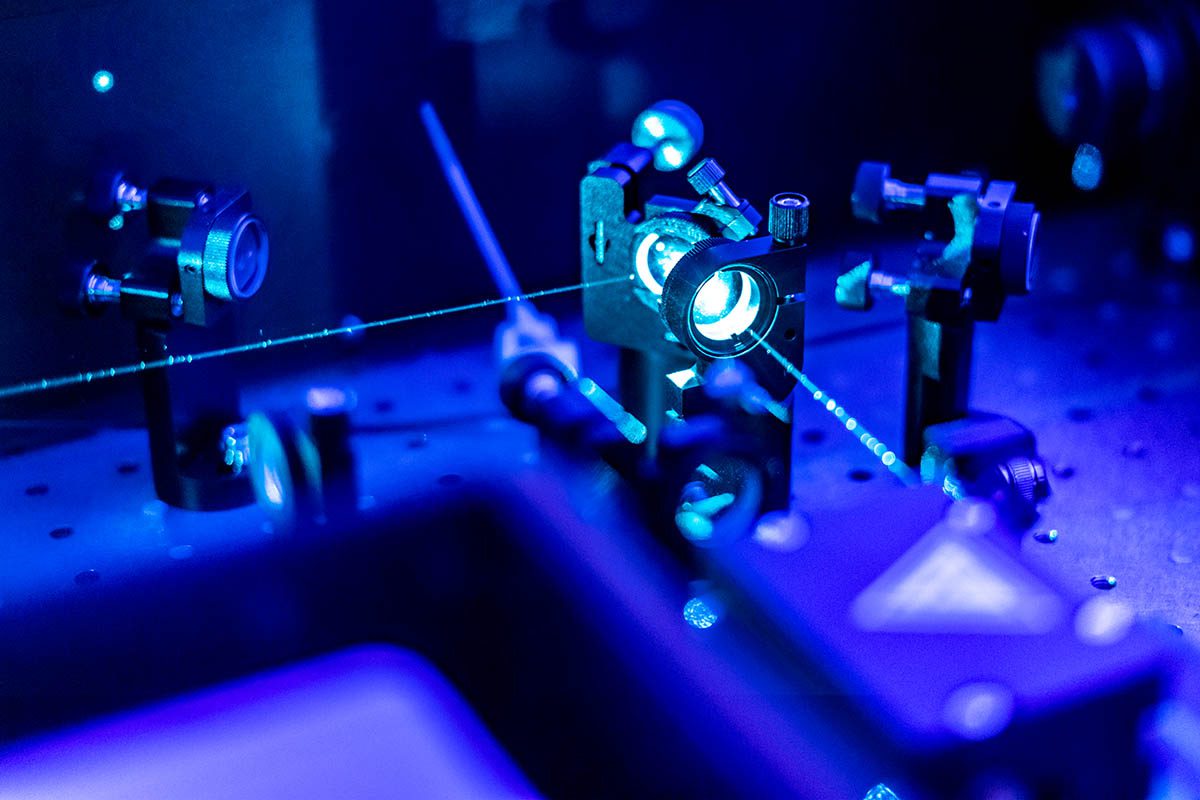
Photonics technologies can contribute to reducing carbon dioxide emissions by three billion tons per year by 2030, according to a new study by German industry association SPECTARIS, the Fraunhofer Institute, photonics market intelligence firm TEMATYS and Messe Munchen. This is the equivalent of 22.2 million diesel trucks all driving 100k miles in a year[i].
According to the research, light technologies are already providing solutions for environmental sustainability and climate protection. Photonics – the technical deployment of light – is a chief enabler of efficient, environmentally-friendly resources, materials and processes and a key constituent of technologies used to limit temperature rises.
In 2019 alone, eight examples of photonics technologies resulted in an indirect contribution of 1.13 billion tons CO2 equivalent (CO2eq avoidance) – namely energy-efficient lighting, fibre optic network communications, optical detection of forest fires, photovoltaics, optical communication in data centres, energy-efficient displays, laser-supported metal recycling, and optical communication in 5G mobile networks – the report apparently shows.
Dr. Bernhard Ohnesorge, Managing Director Carl Zeiss Jena GmbH and Chairman of the Photonics Trade Association SPECTARIS e.V. said: “Photonics has made it possible to identify the hazards of climate change. It gives us the tools to protect our world. What matters now is that we make sure to use these opportunities wisely.”
Prof. Dr. Reinhart Poprawe, former Director of the Fraunhofer Institute for Laser Technology ILT/RWTH Aachen University – Lecturer in Laser Technology LLT said: “Photonics makes it possible to constructively combine economy and environmental protection.
“This is achieved by both increasing the efficiency of manufacturing processes and producing optimised components for Germany’s transition to renewable energy, particularly through precision work using ultra-short-pulse lasers or by using additive manufacturing processes. Components optimised according to economic and environmental criteria can be found in solar, battery and wind power technologies, for example.”
The results come from the joint Messe Munchen and SPECTARIS study ‘Light as the key to global environment SUSTAINABILITY – High-tech PHOTONICS solutions to protect the environment and preserve resources, in cooperation with Fraunhofer ILT, Fraunhofer Light & Surfaces, TEMATYS and the Photonics21 group.
Notes
[1] Based on 100,000 miles annual distance per truck with an average 9 mpg fuel consumption, producing 2.67 kg CO2 from 1 litre of diesel.






